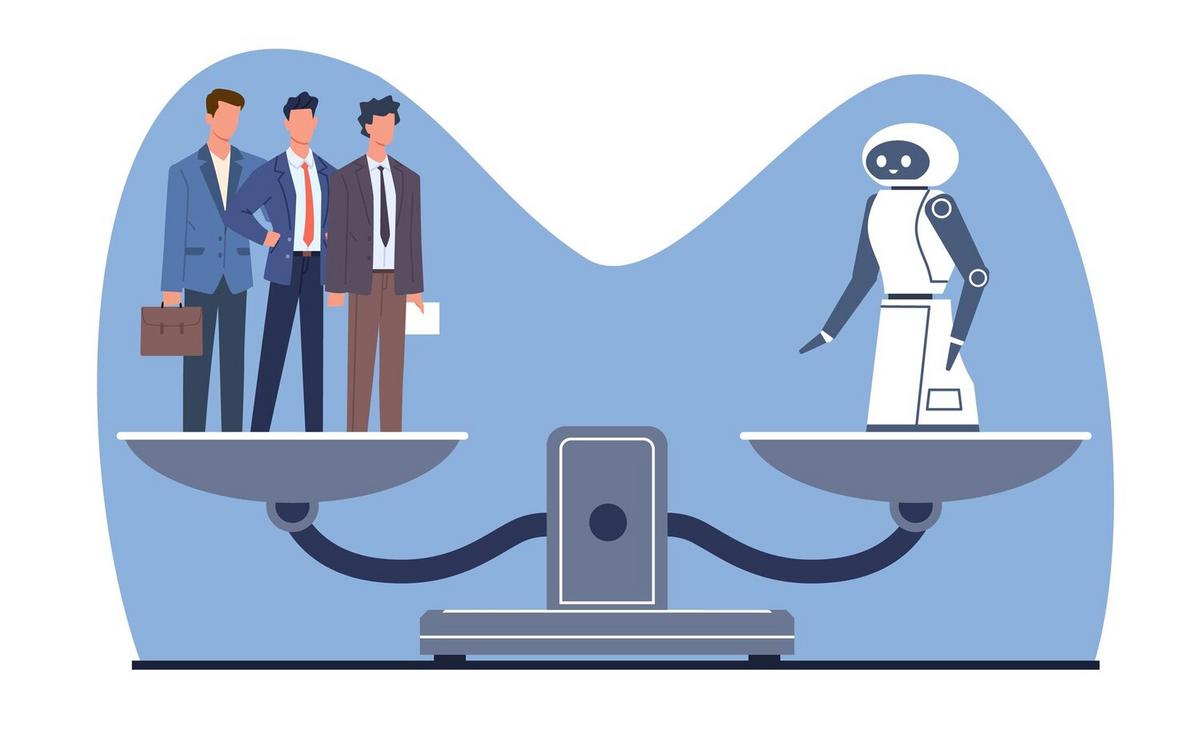
Navigating the Ethical Implications of AI in Everyday Life
As artificial intelligence (AI) becomes more embedded in our daily lives, it’s crucial to understand the ethical implications that accompany this technological advancement.
The integration of AI in everyday activities, from virtual assistants to recommendation systems, presents a myriad of ethical challenges. AI’s capacity to process vast amounts of data can lead to both groundbreaking innovations and complex ethical dilemmas.
Understanding AI’s Ethical Challenges
AI technologies are transforming industries by automating tasks, enhancing decision-making, and personalizing user experiences. However, the ethical concerns are significant. According to a study published by Pew Research Center, 68% of experts believe that ethical frameworks are not keeping pace with AI development.
The Role of Bias in AI
AI systems learn from data, and if the data is biased, the outputs will reflect these biases. A prominent example involves facial recognition technology, which has been criticized for higher error rates in identifying individuals with darker skin tones. This highlights the importance of diverse and comprehensive datasets.
Expert Opinions
Dr. Timnit Gebru, a renowned AI researcher, emphasizes, “We need to critically assess how data is collected and used in AI systems to ensure fairness and prevent discrimination.”
AI and Privacy Concerns
With AI systems collecting and analyzing personal data, privacy issues are at the forefront of ethical discussions. Consumers are increasingly concerned about how their data is used. A survey conducted by the International Data Privacy Group found that 72% of respondents were worried about their privacy in the context of AI.
- Tip 1: Regularly review privacy settings on devices that use AI.
- Tip 2: Stay informed about the data collection policies of AI-driven services you use.
Balancing Benefits and Ethical Considerations
For AI to be a force for good, balancing its benefits with ethical considerations is essential. Here are some actionable steps:
- Implement transparency in AI algorithms to allow users to understand decision-making processes.
- Incorporate ethical audits in AI projects to identify and mitigate potential issues.
- Engage with diverse groups during AI development to ensure inclusive perspectives.
Examples in Everyday Life
Consider a smart home assistant that learns preferences over time. While convenient, it raises questions about consent and data ownership. Another example is AI in recruitment, which can streamline hiring but may also perpetuate existing biases if not monitored carefully.
Conclusion
As AI continues to evolve, so must our approach to its ethical use. By fostering discussions and implementing robust ethical standards, we can harness AI’s potential while safeguarding fundamental rights.
FAQs
What are the main ethical concerns with AI?
The primary concerns include bias, privacy, transparency, and accountability.
How can AI bias be mitigated?
Bias can be reduced by using diverse datasets and regularly auditing AI systems.
Why is transparency important in AI?
Transparency helps users understand AI decisions, promoting trust and accountability.
What role do ethics play in AI development?
Ethics guide responsible AI development, ensuring technologies benefit society as a whole.